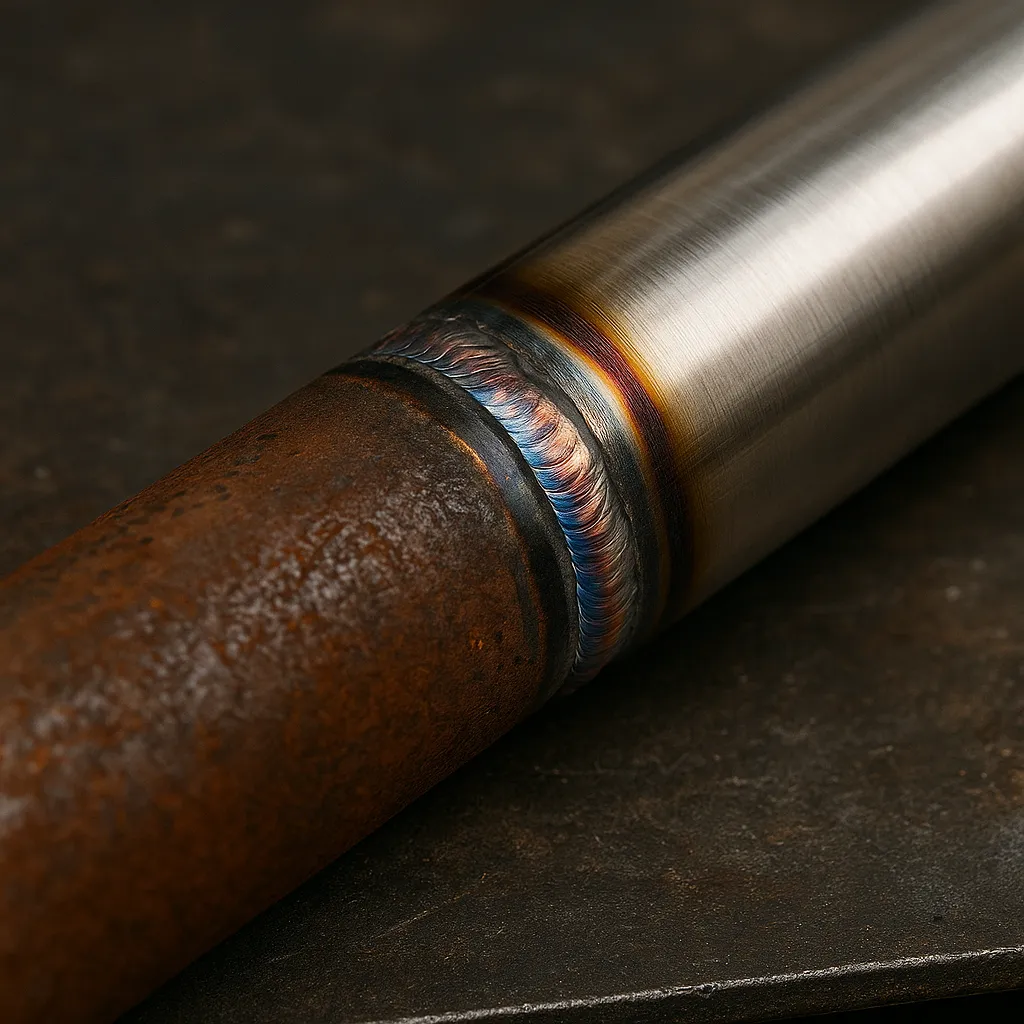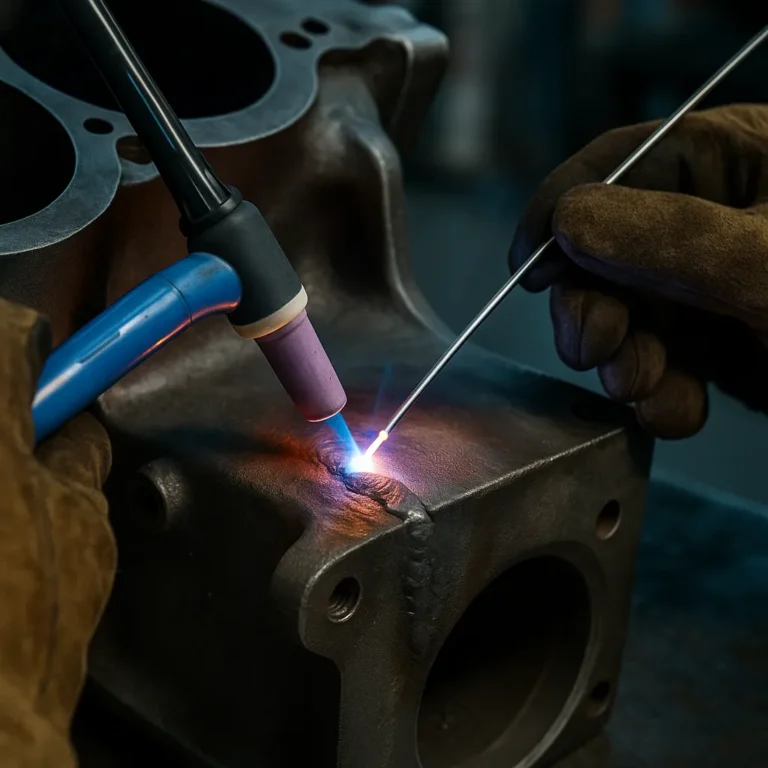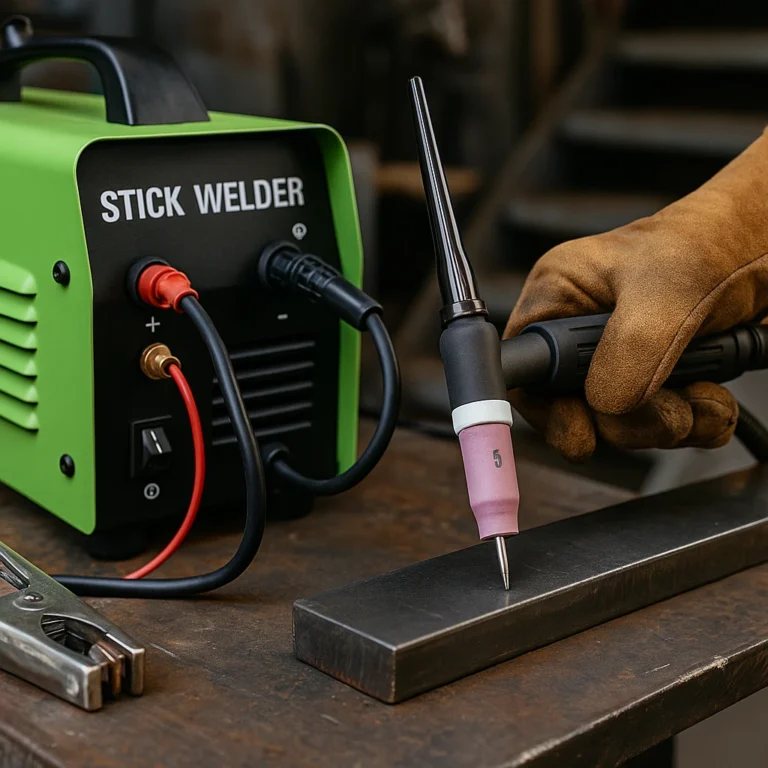Can You Weld Carbon Steel to Stainless Steel Safely

Disclosure: This post contains affiliate links. As an Amazon Associate, I earn from qualifying purchases—at no extra cost to you.
Welding carbon steel to stainless steel is totally doable—and it comes up more often than you might think, especially in projects where strength and corrosion resistance both matter. You just need the right filler metal, proper prep, and a little strategy to make the weld hold strong and last.
Use the Right Filler to Bridge the Metals
The biggest challenge with welding carbon to stainless is the difference in composition. You’re joining two metals with different thermal properties, so the filler needs to accommodate both.
Most welders stick with ER309L for MIG or TIG. It’s designed specifically for this type of dissimilar joint and helps reduce the risk of cracking or corrosion. For flux-core setups, E309T1 is widely recommended—it offers better arc control and solid penetration, especially on outdoor jobs or dirty steel.
Good Setup Makes All the Difference
Before you strike an arc, get your joint clean and prepped. Bevel the edges, clean off any mill scale, and clamp everything tight. For MIG welding, go with spray transfer mode for smoother results. TIG welders should use pure argon shielding gas and control heat carefully.
According to feedback from hobby welders and small shop pros, inconsistent heat is the number one reason these welds fail. So don’t rush—adjust your settings, do a few test passes, and dial it in before committing.
Expect a Bit of a Learning Curve
Welding carbon to stainless isn’t extremely difficult, but it’s not quite entry-level either. You’ll be juggling differences in melting points and thermal conductivity, which can throw off bead control at first.
That said, many DIY welders report that once they figure out the right heat and travel speed, it starts to feel routine. It’s a great next step for folks who’ve mastered mild steel and want to expand their skills.
Protect the Weld from Corrosion Over Time
Mixing metals can invite galvanic corrosion, especially in humid or outdoor conditions. Stainless and carbon steel don’t play nicely over the long haul unless you give them a little protection.
You can paint the weld area, use a protective coating, or keep the joint indoors. If the parts are touching and exposed to the elements, corrosion can creep in fast—especially around the carbon steel section.
Conclusion
Yes, you can weld carbon steel to stainless steel. Just keep these points in mind:
- Use ER309L or E309T1 filler to handle both metals
- Prep the joint carefully and manage your heat
- Take corrosion seriously, especially for outdoor or damp environments
It’s a practical skill that comes in handy for everything from structural supports to custom brackets—and once you get the hang of it, you’ll use it more often than you expect.






